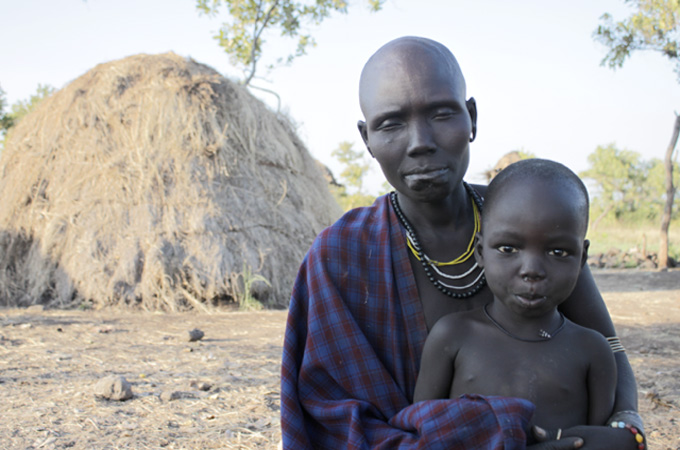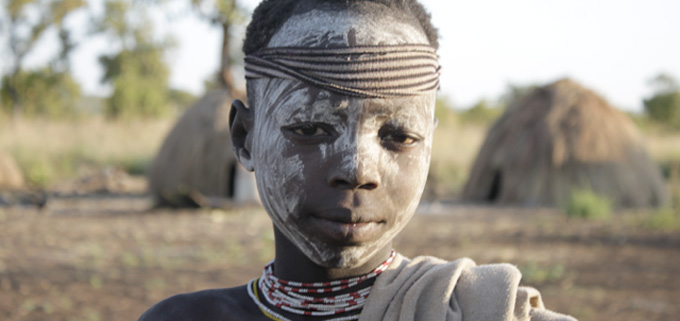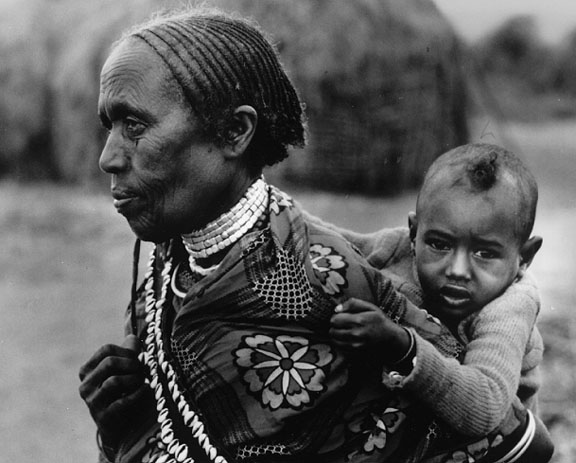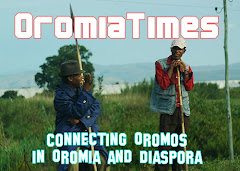| Ethiopia's tribes cry for help | ||||
| | ||||
| A drive to become a world leading sugar producer threatens the livelihoods of thousands of people in rural areas. Last Modified: 13 Feb 2012 06:42 | ||||
| | ||||
Addis Ababa, Ethiopia - The Lower Omo Valley in south-western Ethiopia is a vast and rugged region of mountains and valleys, inhabited largely by nomadic agro-pastoralist tribes numbering some 200,000 people. Many live a simple existence, living in straw thatched huts and have little contact with the outside world. But the Ethiopian government's new found appetite for large-scale sugar production threatens the very existence of many of these tribes. Whilst revenues from the sugar plantations will undoubtedly fill the coffers of central government, the forced relocation of tribes from their traditional lands is already having catastrophic consequences. The permanent damage to a designated UNESCO World Heritage Site is also raising alarm amongst environmentalists. Human rights abuses Other allegations of abuse to have leaked out include the rape of male tribesmen, as well as of women and children by Ethiopian soldiers. Dozens of villagers from the region also remain in detention after voicing opposition to the development plans. Roadblocks are now in place in many parts of the Lower Omo Valley, limiting accessibility and ensuring the relocations remain out of the spotlight. Tribal rights NGO Survival International is leading calls for a freeze on plantation building and for a halt to the evictions. They have been campaigning to draw more attention to the deteriorating situation in the region since the Ethiopian government announced plans for the Gib III Dam [PDF] - Africa's tallest, and one that is scheduled for completion later this year.
When completed, it threatens to destroy a fragile environment and the livelihoods of the tribes, which are closely linked to the river and its annual flood. Up to 500,000 people - including tribes in neighbouring Kenya - rely on the waters and adjacent lands of the Omo River and Lake Turkana, most of which lies in Kenya. The Karo people, now estimated to number just 1,500 along the eastern banks of the Omo River, face extinction. Already suffering from dwindling fish stocks as a result of the dam, the reduced river levels have also harmed their crop yields. A 'worrying trend' More than 70,000 people are estimated to have been forced off their land in the Gambella Region in the west of the country to make way for Saudi Arabian and Chinese-owned rice growing plantations. The Ethiopian government maintains that much of the land they are leasing to foreign investors is unfarmed and unsuitable for smallholder farmers. But Tichafa Makovere, a permaculture and farming expert from Zimbabwe, disputes this stance. "One can never say that land is not in use. Even unfarmed land provides a vital habitat for wildlife. To tamper with it affects ecosystems that we all depend upon for our survival." Dominic Brown is an independent filmmaker, writer and human rights campaigner. His latest documentary is Forgotten Bird of Paradise. The views expressed in this article are the author's own and do not necessarily reflect Al Jazeera's editorial policy. | ||||
| | ||||
February 13, 2012
Ethiopia's tribes cry for help (Aljazeera)
Subscribe to:
Post Comments (Atom)
























No comments:
Post a Comment